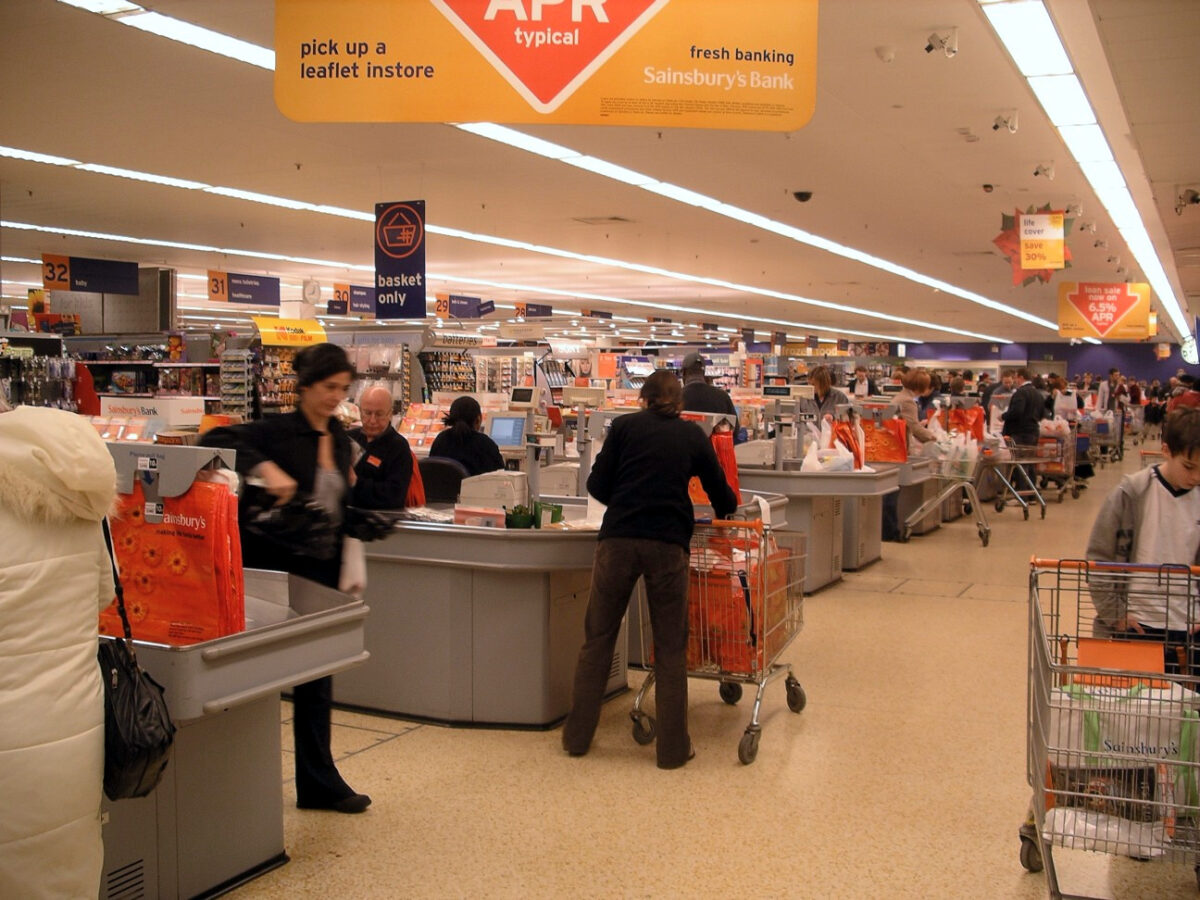One of the great unsolved questions continues to be: what is my data worth? Context is always needed: worth to whom, under what circumstances, for what purpose? Still, supermarkets may give us a clue.
At Novara Media, Jake Hurfurt, who runs investigations for Big Brother Watch, has been studying suprmarket loyalty cards. He finds that increasingly only loyalty card holders have access to special offers, which used to be open to any passing customer.
Tesco now and Sainsburys soon, he says, “are turning the cost-of-living crisis into a cost-of-privacy crisis”,
Neat phrasing, but I’d say it differently: these retailers are taking advantage of the cost-of-living crisis to extort desperate people ito giving up their data. The average value of the discounts might – for now – give a clue to the value supermarkets place on it.
But not for long, since the pattern going forward is a predictable one of monopoly power: as the remaining supermarkets follow suit and smaller independent shops thin out under the weight of rising fuel bills and shrinking margins, and people have fewer choices, the savings from the loyalty card-only special offers will shrink. Not so much that they won’t be worth having, but it seems obvious they’ll be more generous with the discounts – if “generous” is the word – in the sign-up phase than they will once they’ve achieved customer lock-in.
The question few shoppers are in a position to answer while they’re strying to lower the cost of filling their shopping carts is what the companies do with the data they collect. BBW took the time to analyze Tesco’s and Sainsburys’ privacy policies, and found that besides identity data they collect detailed purchase histories as well as bank accounts and payment information…which they share with “retail partners, media partners, and service providers”. In Tesco’s case, these include Facebook, Google, and, for those who subscribe to them, Virgin Media and Sky. Hyper-targeted personal ads right there on your screen!
All that sounds creepy enough. But consider what could well come next. Also this week, a cross-party group of 50 MPs and peers and cosinged by BBW, Privacy International and Liberty, wrote to Frasers Group deploring that company’s use of live facial recognition in its stores, which include Sports Direct and the department store chain House of Fraser. Frasers Group’s purpose, like retailers and pub chains were trialing a decade ago , is effectively to keep out people suspected of shoplifting and bad behavior. Note that’s “suspected”, not “convicted”.
What happens as these different privacy invasions start to combine?
A store equipped with your personal shopping history and financial identity plus live facial recognition cameras, knows the instant you walk into the store who you are, what you like to buy, and how valuable a customer your are. Such a system, equipped with some sort of socring, could make very fine judgments. Such as: this customer is suspected of stealing another customer’s handbag, but they’re highly profitable to us, so we’ll let that go. Or: this customer isn’t suspected of anything much but they look scruffy and although they browse they never buy anything – eject! Or even: this journalist wrote a story attacking our company. Show them the most expensive personalized prices. One US entertainment company is already using live facial recognition to bar entry to its venues to anyone who works for any law firm involved in litigation against it. Britain’s data protection laws should protect us against that sort of abuse, but will they survive the upcoming bonfire of retained EU law?
And, of course, what starts with relatively anodyne product advertising becomes a whole lot more sinister when it starts getting applied to politics, voter manipulation and segmentation, and the “pre-crime” systems
Add the possibilities of technology that allows retailers to display personalized pricing in-store, just like an online retailer could do in the privacy of your own browser, Could we get to a scenario where a retailer, able to link your real world identity and purchasing power to your online nd offline movements could perform a detailed calculation of what you’d be willing to pay for a particular item? What would surge pricing for the last remaining stock of the year’s hottest toy on Christmas Eve look like?
This idea allows me to imagine shopping partnerships, where the members compare prices and the partner with the cheapest prices buys that item for the whole group. In this dystopian future, I imagine such gambits would be banned.
Most of this won’t affect people rich enough to grandly refuse to sign up for loyalty cards, and none of it will affect people rich and eccentric enough to do source everything from local, independent shops – and, if they’re allowed, pay cash.
Four years ago, Jaron Lanier toured with the proposal that we should be paid for contributing to commercial social media sites. The problem with this idea was and is that payment creates a perverse incentive for users to violate their own privacy even more than they do already, and that fair payment can’t be calculated when the consequences of disclosure are perforce unknown.
The supermarket situation is no different. People need food security and affordability, They should not have to pay for that with their privacy.
Illustrations: .London supermarket checkout, 2006 (via Wikimedia.
Wendy M. Grossman is the 2013 winner of the Enigma Award. Her Web site has an extensive archive of her books, articles, and music, and an archive of earlier columns in this series. Follow on Mastodon or Twitter.
